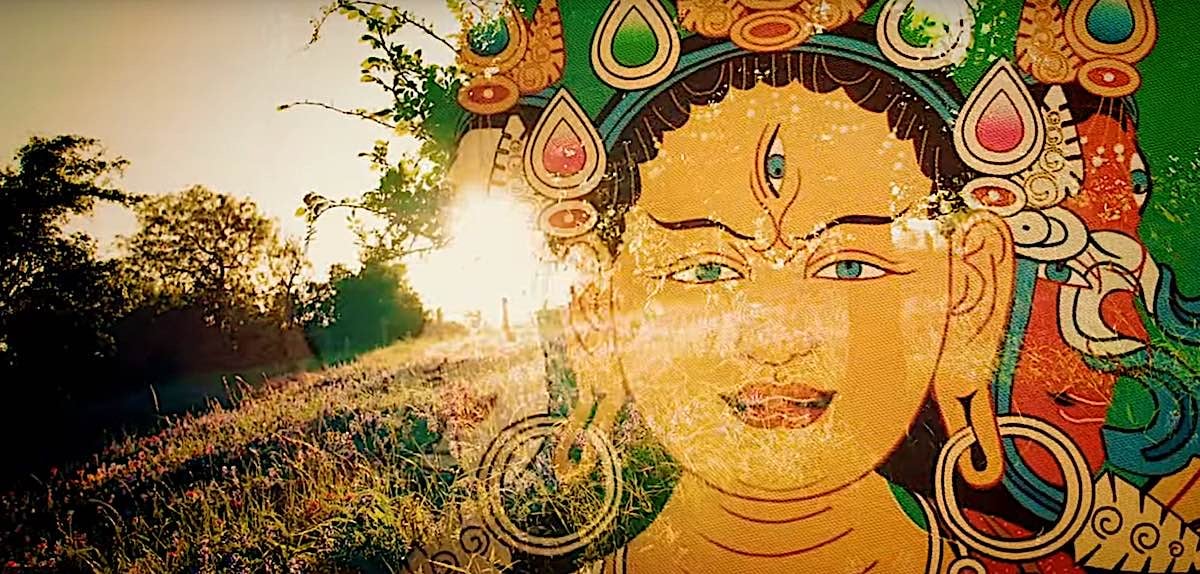A Mindfulness Practice for Nonjudgmental Awareness
Explore this 15-minute guided meditation to open up some space for yourself to sit with what is, rather than what if. The post A Mindfulness Practice for Nonjudgmental Awareness appeared first on Mindful.

Explore this 15-minute guided meditation to open up some space for yourself to sit with what is, rather than what if.
By Mark Bertin April 12, 2024 Guided MeditationsThere’s a space that opens up for yourself when you can sit with your thoughts and sensations and practice observing them without reacting to them—without trying to fix them or ruminate over them. Nonjudgmental awareness is sort of like remembering your most horribly embarrassing moment and appreciating the pings of regret and shame—just finding some room to let yourself be human for a little.
The more we practice sitting with our whole selves nonjudgmentally (the good, bad, beautiful, and painful), the better we get at opening ourselves up to every kind of moment with discernment and acceptance, rather than judgment, reactivity and remorse.
Meditation gives us the opportunity to sit with discomfort—bored, achy, restless, and distracted, we choose to stay with it, anyway. We can find ourselves caught up in fear, disappointment, and self-criticism in any part of our day. That’s all common and normal. Meditation is the chance to practice giving ourselves permission to feel exactly what we feel, even when we’re not as okay as we’d like to be.
Meditation is the chance to practice giving ourselves permission to feel exactly what we feel, even when we’re not as okay as we’d like to be.
We don’t have to be falsely happy about anything, but we do need to openly face reality. Over time, we can more easily accept our challenges and navigate whatever we find from a place of equanimity, built through the practice of mindful nonjudgmental awareness.
15-Minute Practice to Cultivate Nonjudgmental Awareness
Nonjudgmental Awareness Practice
Explore this 15-minute guided meditation to open up some space for yourself to sit with what is, rather than what if.
To allow you to fully experience this meditation, we recommend that you listen to the audio version. However, you can also simply read the text below. If you choose to do so, read through the entire script first to familiarize yourself with the practice, then do the practice, referring back to the text as needed and pausing briefly after each paragraph. Take about fifteen minutes for the practice. You can do this practice in a seated position.
Sit for a few minutes, focusing on the sensation of breathing. Your mind will stay busy. Assist it in settling by noticing thoughts as thoughts, and then patiently returning to the breath. Now bring to mind something you don’t like that much about yourself, or that you wish you didn’t have. Choose something uncomfortable, but not overwhelming. Notice what arises. It might be a sense of physical discomfort, or an emotion, or an anxious thought. Give attention to all of it: the facts, your reactions, emotions like disappointment or frustration, and anything else that comes up. If the practice becomes too uncomfortable, take care of yourself. Allow yourself a break, seek out support, and let go of the practice for now. Come back to whatever feels most appropriate in this moment. As we continue a longer period of silence, sustain awareness. This is how things are. Each time you get distracted, come back to your practice. Acknowledge this aspect of experience right now as best as you’re able, without any need to fix or change anything for this moment. For the last few minutes, take time for self-compassion. On each in-breath, be aware that this is a challenge for you right now, and all people have challenges. On each out-breath, wish yourself the same happiness and wellness that you’d wish for your best friend. Perhaps: may I find strength and happiness in the face of adversity today. On ending, come back with several breaths. End with a few minutes of meditation, simply feeling your breath move in and out, noting thoughts and letting them go. Set an intention to move forward with both acceptance and resolve.
 ValVades
ValVades 































